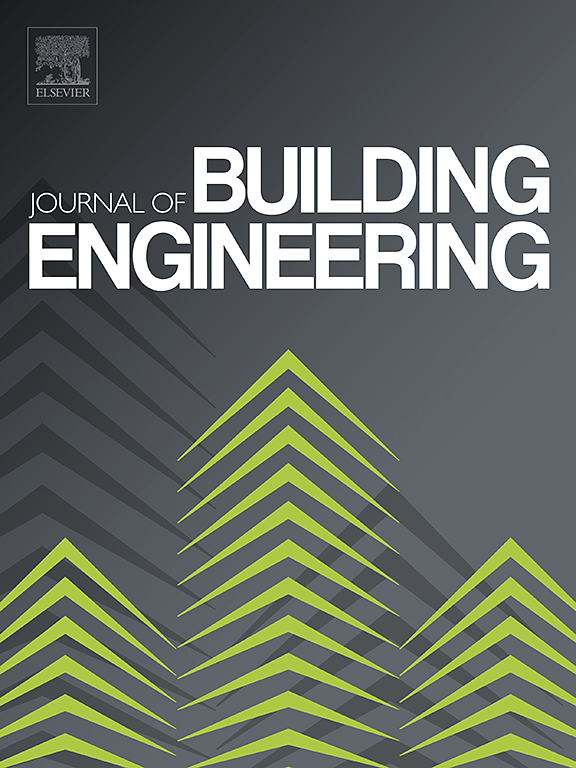Solar-powered smart monitoring system for occupancy and energy use in lecture rooms
IF 6.7
2区 工程技术
Q1 CONSTRUCTION & BUILDING TECHNOLOGY
引用次数: 0
Abstract
Electricity consumption in residential and public buildings has become a concern recently. Ambient temperature and humidity levels play a crucial role in enhancing the efficacy of tasks performed within an occupancy area. Due to the discomfort caused by hot weather conditions in tropical regions, the use of cooling systems is common practice to help normalize the environmental temperature for the comfort of the occupants. However, inefficient air conditioner usage, especially when rooms are unoccupied, leads to excessive energy consumption and high electricity costs. To address this issue, this paper proposes an Arduino-based solar-powered smart monitoring system for occupancy and energy use in lecture rooms. The system consists of two solar-powered Arduino boards (Wemos D1 and AI-Thinker camera). The Wemos D1 integrates a temperature sensor and a PIR motion sensor to monitor environmental conditions, while the AI-Thinker camera provides image-based occupancy verification via Telegram. Real-time data transmission is enabled through Blynk and Telegram applications, allowing remote monitoring of room conditions. Results show that the system achieved 41.12 % weekly energy savings, effectively reducing carbon footprints and operational costs. The prototype conforms with SDGs climate action and clean energy initiatives, demonstrating its potential for sustainable energy management in lecture rooms.求助全文
约1分钟内获得全文
求助全文
来源期刊

Journal of building engineering
Engineering-Civil and Structural Engineering
CiteScore
10.00
自引率
12.50%
发文量
1901
审稿时长
35 days
期刊介绍:
The Journal of Building Engineering is an interdisciplinary journal that covers all aspects of science and technology concerned with the whole life cycle of the built environment; from the design phase through to construction, operation, performance, maintenance and its deterioration.
 求助内容:
求助内容: 应助结果提醒方式:
应助结果提醒方式:


